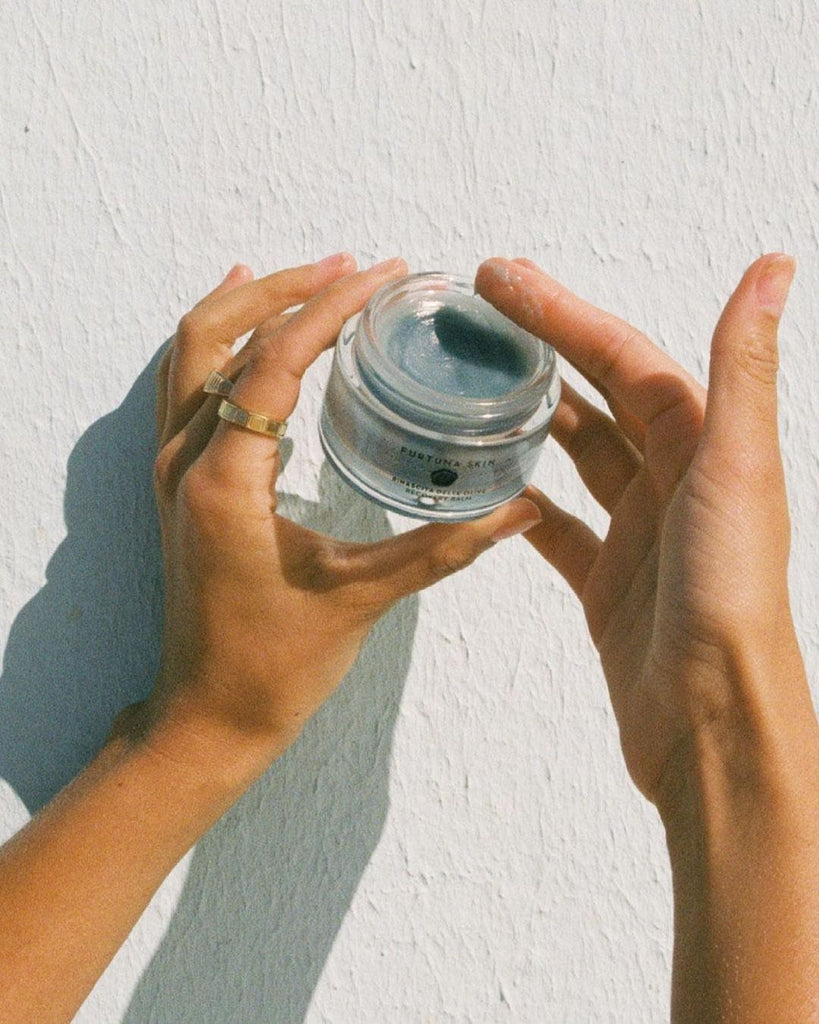If you're as obsessed with your skincare routine as I am, I'm sure you'll understand when I say that the quest to achieve a clear, glowing complexion is never-ending. From prowling the market for the best skincare devices to testing out the latest and greatest collagen-boosting and complexion-clearing products, discovering what works for your skin is quite the journey. One of the most popular procedures, known to banish scars, fade hyperpigmentation and boost collagen production, is microneedling—and the milder version of this treatment is dermarolling.
Don't worry, you've come to the right place if dermarolling sounds foreign to you. Celebrity facialist Candace Marino is here to break down dermarolling—plus, how to properly use a dermaroller tool at home. The benefits of this mini facial tool can truly work wonders for the skin if used correctly.
What Is Dermarolling?
"A dermaroller is a tiny handheld wheel with needles on it, meant to puncture the skin and induce collagen, improve texture, fade acne scars , and allow for better product penetration," explains Marino.
Dermarolling is the practice of using a dermaroller device to gently puncture the skin so that products penetrate deeper, dark spots fade, and rough patches smooth over.
How Will Dermarolling Affect My Skin?
"Most skin types can benefit from dermarolling, but active acne-prone or inflamed skin should not be microneedled or dermarolled," Marino explains. "When it comes to dermarolling, less is more in regards to your needle size. For at-home use, .25mm is as high as I would recommend going—anything larger than that is just tearing at the skin. Be careful of excessive use of dermarolling on acne-prone or openly-wounded skin, which can spread bacteria across your entire face."
How Should I Prep My Skin Before Dermarolling At Home?
Before using a dermarolling device at home, make sure to cleanse your skin first. "The skin should be cleaned thoroughly, then degreased with a toning astringent to remove all oils and dirt," Marino emphasizes. Also, clean your dermaroller: "Hopefully you're using a new sterile roller. But if not, it should be disinfected with rubbing alcohol or a hospital grade cleaning solution," explains Marino.
How Do I Dermaroll Safely?
"Hold the skin taught and evenly roll the skin, applying mild pressure," Marino advises. "The needles should be rolling evenly along the skin, not jamming into it." Feel free to roll underneath the eyes and over your lips, too, but remember to be gentle.
What Serum Should I Use When Dermarolling?
"It's very important that you don't dermaroll just any serum into your skin," Marino warns. "The only thing that should be rolled into into the skin with the tool is ingredients that our body makes naturally like hyaluronic acid, growth factors, cytokines derived from a human source like bone marrow."
Be mindful that a dermaroller is mildly puncturing the skin, so sticking to the proper products will help you avoid an adverse effect. "People think that dermarolling their serums will make them more effective," Marino points out. "What they'll do is penetrate them deeper than they're intended to go, causing inflammation. Certain ingredients are not meant for the bloodstream, so do not grab for your vitamin C or glycolic acid and start going to town with your dermaroller."
Does Dermarolling Hurt?
The pain level for dermarolling typically depends on the needle size and your pain tolerance. Marino recommends opting for a needle size less than .5mm for at-home use. "Shallow needles will stimulate the top layers of the skin, stimulate natural growth factor production and bring circulation to the skin," Marino explains. "This encourages your skin to rejuvenate; it will stimulate new collagen and help strengthen elastin. Now, for the point about pain: "At a needle depth less than .5mm, no, it should not hurt," Marino confirms. "If it hurts, you may be pressing too hard. There is no long-term downtime associated with it— however, depending on your skin tone you may experience short-term redness that should go away."
Something to note for in-office dermarolling procedures, otherwise known known as microneedling sessions with a licensed professional: "An 1mm dermapen penetrates the area of the skin known as dermal-epidermal junction (DEJ) to stimulate collagen production," Marino says. "Anything over 1mm, (in the 2.0mm range) is meant for thick skin and scarring only."
When Will I See Results?
"You can definitely see an immediate post dermarolling glow, but the quickest results for scars, texture, fine lines, and wrinkles come from a professional microneedling session," Marino confirms, adding that supplementing your dermarolling routine with the right products will also speed up the show on your skin with visible results.
Like much of beauty, to see a drastic change in your skin post-dermarolling, consistency is key. Start by dermarolling once a week to build up your skin's tolerance, then work your way up to three times a week for continued results. Happy rolling!



